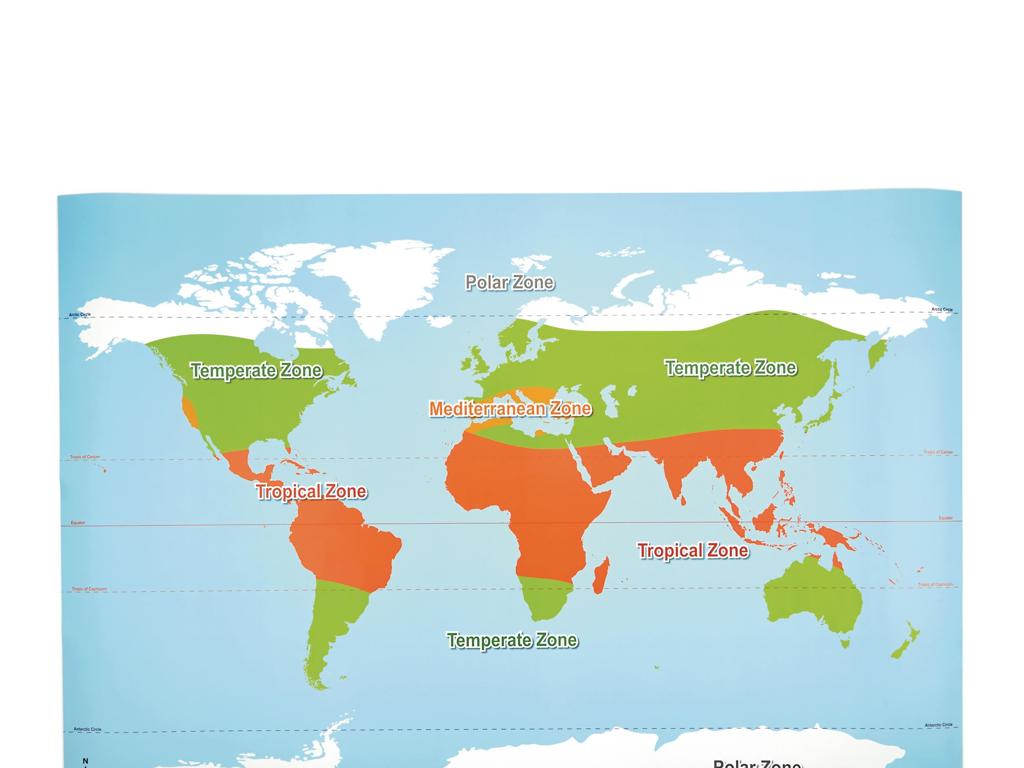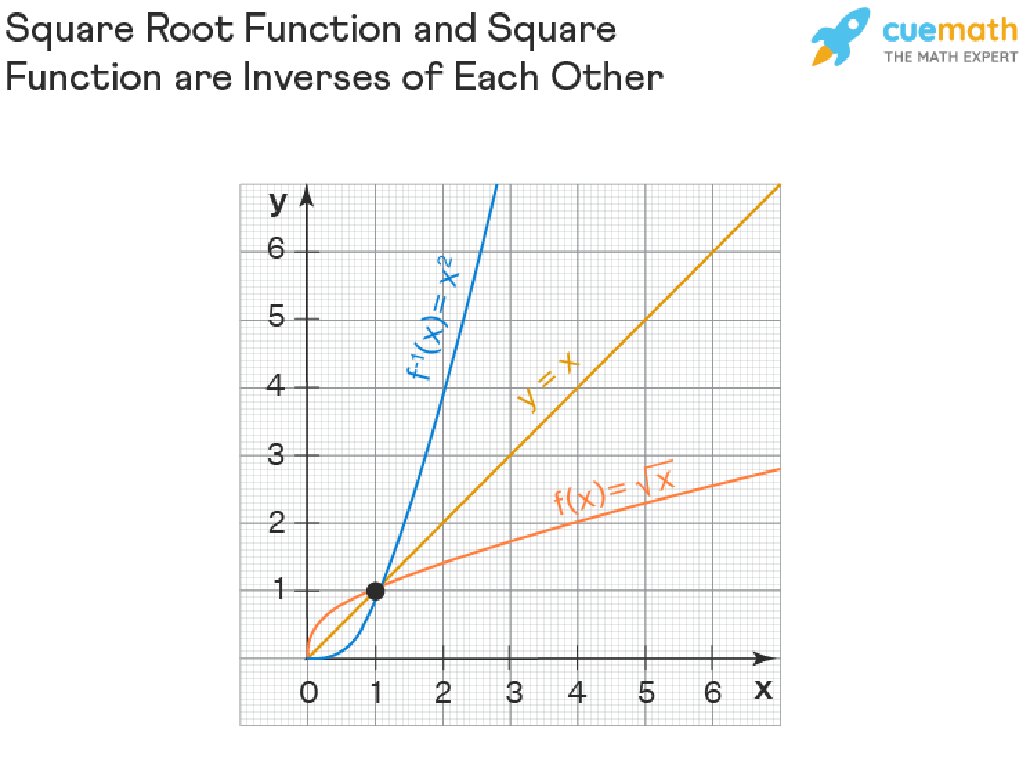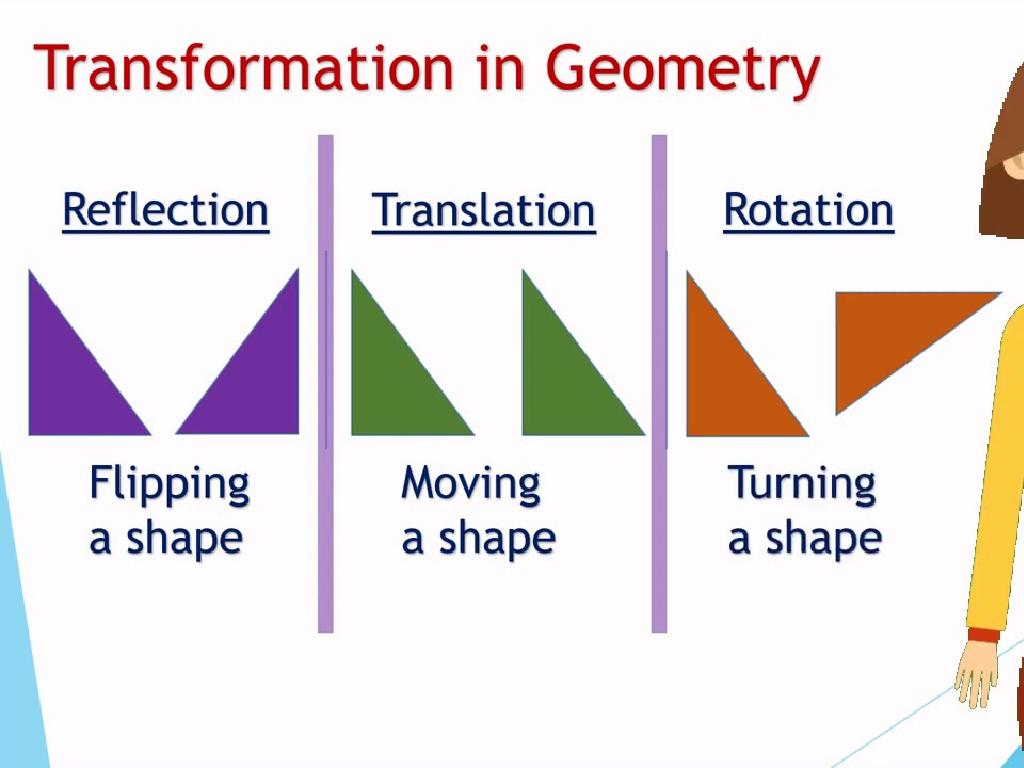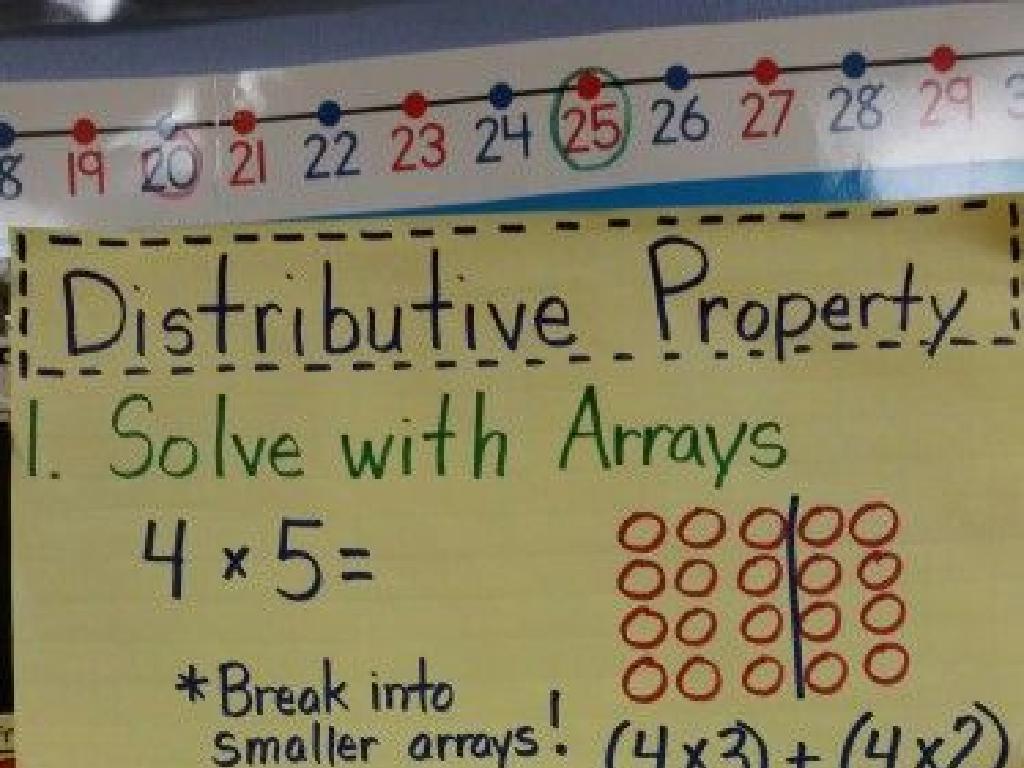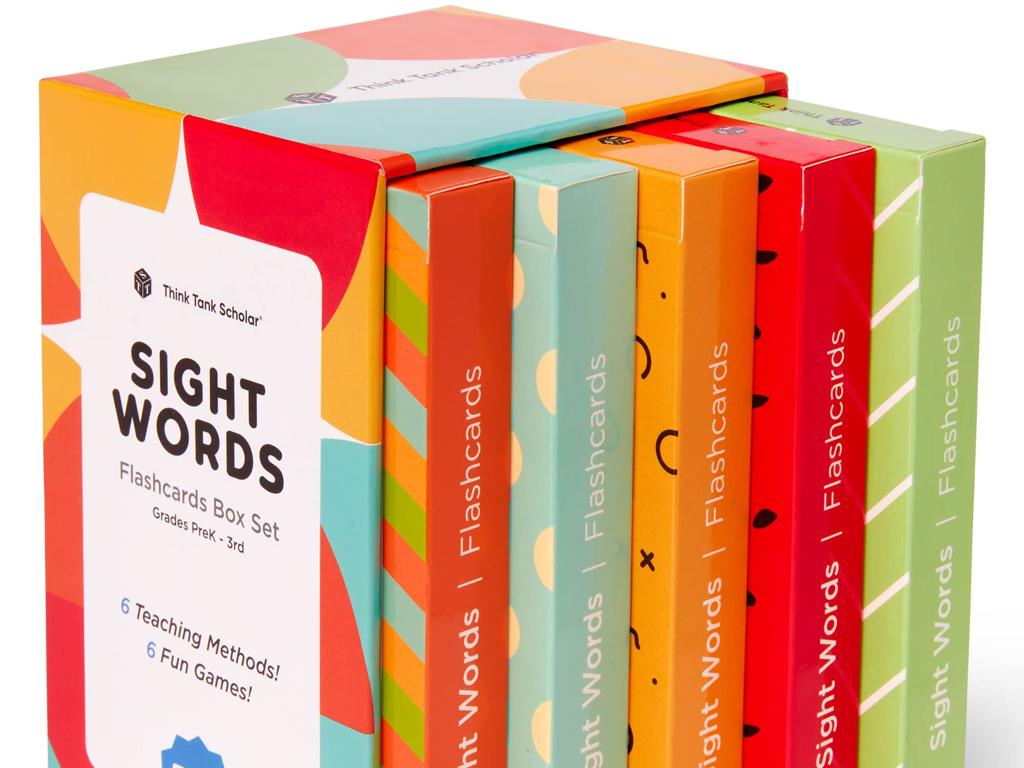Match The Short E And Long E Words To Pictures
Subject: Language arts
Grade: Second grade
Topic: Short And Long Vowel Patterns
Please LOG IN to download the presentation. Access is available to registered users only.
View More Content
Welcome to Vowel Patterns!
– Learn about short e and long e sounds
– Short e as in ‘bed’, long e as in ‘bead’
– Understanding vowel sounds
– Vowels are the building blocks of words
– Importance in reading and spelling
– Knowing vowel sounds improves literacy skills
– Matching words to pictures
– Connect words like ‘hen’ to a picture of a hen
|
This slide introduces the concept of short and long vowel sounds, focusing on the ‘e’ sound. Start by explaining the difference between short e (as in ‘bed’) and long e (as in ‘bead’). Emphasize how understanding these sounds is crucial for reading and spelling. Engage the students by showing them pictures and asking them to match the picture with the correct vowel sound word. For example, show a picture of a hen and have them match it to the word ‘hen’ with the short e sound. This activity will help reinforce their understanding of vowel sounds and their ability to decode words while reading.
Exploring Vowels: Short e and Long e
– Vowels: Special Alphabet Letters
– Short vs. Long Vowel Sounds
– Short e as in ‘bed’; long e as in ‘beet’
– Today’s Star: The Letter ‘e’
– Matching ‘e’ Sounds with Pictures
– Connect words like ‘hen’ with pictures
|
This slide introduces the concept of vowels to second-grade students, focusing on the difference between short and long vowel sounds, particularly the letter ‘e’. Begin by explaining that vowels are special letters that can make different sounds. Illustrate the short e sound with a word like ‘bed’ and the long e sound with a word like ‘beet’. Use visual aids like pictures of a hen or a bee to help students match words with the correct vowel sound. Encourage students to practice by drawing lines from words to corresponding pictures, reinforcing their understanding of short and long e sounds.
Exploring the Short e Sound
– The ‘e’ in ‘bed’ is a short e
– Think of the word ‘bed’ and how the ‘e’ sounds
– It sounds like ‘eh’
– The sound is similar to ‘eh’ as in ‘egg’
– Practice saying ‘eh’ together
– Match short e words with pictures
– We’ll connect words like ‘net’ to pictures of a net
|
This slide introduces the short e sound to second graders, helping them recognize and pronounce it correctly. Start by saying the word ‘bed’ and emphasizing the ‘e’ sound. Ask the students to repeat the sound ‘eh’ after you. Practice the sound as a class to ensure everyone is comfortable with it. Then, move on to a matching activity where students will connect short e words to corresponding pictures, reinforcing their understanding of the sound in a fun and interactive way. For example, they might match the word ‘net’ to a picture of a net. This activity will help solidify their grasp of the short e sound in a memorable context.
Exploring the Long e Sound
– The ‘e’ in ‘be’ is a long e
– It sounds just like ‘ee’
– Practice saying ‘ee’ aloud
– Everyone together now: ‘ee’!
– Match long e words with pictures
– Find pictures that match words like ‘tree’, ‘bee’, and ‘knee’
|
This slide introduces the long e sound to second graders, helping them recognize and pronounce it correctly. Start by explaining that the long e sound is similar to the letter ‘e’ in the word ‘be’. Emphasize the ‘ee’ sound and practice it as a class to ensure all students can make the sound correctly. Then, transition to an interactive activity where students will match words containing the long e sound with corresponding pictures. This will help reinforce their understanding and make the learning process enjoyable. Prepare a set of pictures and words for the activity, ensuring there are enough for each student to participate.
Matching Game: Short e Sounds
– Match words with pictures
– ‘bed’ matches with a bed image
– Example to demonstrate the activity
– Find other short e words
– Look for words like ‘pet’, ‘net’, ‘red’
– Get ready to share your matches
– We’ll discuss our findings together
|
This slide introduces a matching game focused on the short e sound to help students recognize and associate the sound with corresponding words and images. Start by explaining that short e sounds like ‘eh’ as in ‘bed’. Show them the example provided, then let them find other short e words in their books or from a list you provide. They should then match those words with pictures, either drawn or provided. This activity will help reinforce their understanding of vowel sounds and improve their ability to decode words. During the next class, have a discussion where students can share the words they matched and the pictures they associated with them. This will also serve as a great opportunity for peer learning.
Matching Game: Long ‘e’ Sounds
– Match long ‘e’ words to pictures
– Example: ‘be’ and a bee
– ‘be’ sounds like ‘bee’, they match!
– Find the long ‘e’ in words
– Look for ‘e’ or ‘ee’ making the ‘ee’ sound
– Share your matches with the class
|
This slide is for a class activity focused on matching words with the long ‘e’ vowel sound to corresponding pictures. Start by explaining that the long ‘e’ sound can be spelled with just an ‘e’ or with ‘ee’. Show the example of the word ‘be’ and a picture of a bee to illustrate a match. Encourage students to look for the long ‘e’ sound in other words and find pictures that represent those words. Provide a set of words and pictures for the students to work with. After the activity, ask students to share their matches with the class to reinforce their learning and ensure understanding. This will help them recognize the long ‘e’ sound in different words and associate it with the correct imagery.
Practice Time: Matching Game!
– Words and pictures mix-up
– Match short e and long e words
– Examples: ‘bed’ (short e) or ‘bead’ (long e)
– Ensure correct pairing
– Use the pictures as hints for the words
– Ready to play and learn?
|
This slide introduces an interactive matching game where students will practice distinguishing between short e and long e sounds by matching words to corresponding pictures. Before starting, review the difference between short e (as in ‘bed’) and long e (as in ‘bead’). Display words and pictures in a mixed-up format on the board or on individual cards. Students will then work to match each word with the correct picture. This activity helps reinforce phonics skills and aids in visual recognition of words. Encourage students to say the words out loud as they match to enhance auditory recognition of vowel sounds. Prepare to assist students who may struggle and offer praise as they make correct matches.
Class Activity: Vowel Pattern Hunt
– Explore the classroom for vowel sounds
– Find objects with short e and long e
– Examples: ‘bed’ (short e) or ‘beet’ (long e)
– Team up and record your discoveries
– Write the words and draw the objects you find
– Get ready to present your findings
|
This activity is designed to make learning about short e and long e vowel sounds interactive and fun. Have the students work in pairs to encourage collaboration. They should look for objects in the classroom that contain these vowel sounds in their names. Once they find an object, they should write down the word and draw a picture of it. This will help them associate the sound with the spelling and the visual representation of the word. After the hunt, each pair will present their findings to the class, reinforcing their understanding through teaching others. Possible variations of the activity could include a scavenger hunt with pre-planned objects or a competition to find the most objects.
Review and Share: Short e and Long e
– Review today’s vowel words
– Share your vowel pattern hunt words
– What words did you find with short e and long e sounds?
– Celebrate learning short e and long e
– Practice makes perfect!
– Keep practicing to remember these sounds!
|
This slide is meant to conclude the lesson on short e and long e vowel sounds. Start by reviewing the words that were introduced during the lesson, emphasizing the difference in sounds between short e (as in ‘bed’) and long e (as in ‘beet’). Then, invite students to share the words they discovered during the vowel pattern hunt activity. This sharing will reinforce their learning and allow them to learn from each other. Praise the students for their hard work in understanding the vowel patterns, and remind them that continued practice at home and in class will help solidify their grasp of these sounds. For the next class, consider preparing a matching game with pictures and words to further reinforce the lesson.

